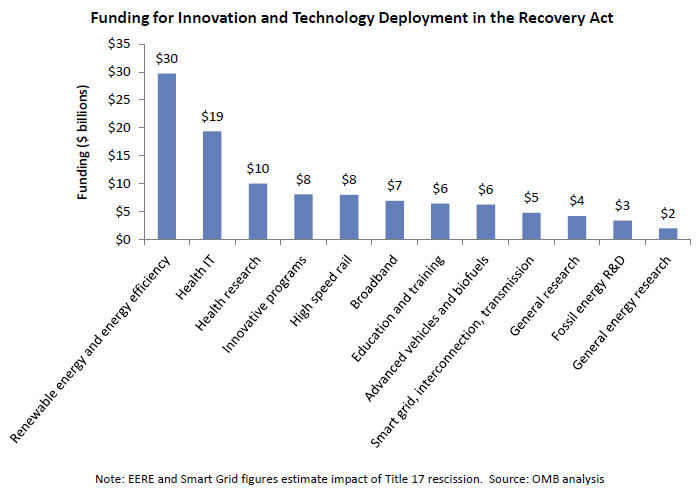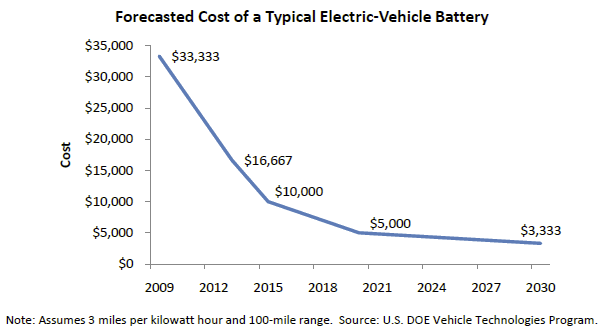|
|
|
|
|
|
|
News & Views item - August 2010 |
![]() US Vice-President Talks Up US Science, Technology and the Stimulus
Package. (August 25, 2010)
US Vice-President Talks Up US Science, Technology and the Stimulus
Package. (August 25, 2010)
The Vice-President of the United States, Joe Biden, yesterday unveiled
The Recovery Act: Transforming the American Economy Through Innovation![]() .
.
In announcing the upbeat report the vice-president was joined by Secretary of Energy, Nobelist Steven Chu.
Introduced by Energy Secretary Chu, Vice-President Biden praised Chu as someone who has taught him more about innovation than anyone else in the Obama Administration. The vice-president described how the stimulus package has led the country to the brink of major advances in reducing the cost of solar power, batteries for electric vehicles, and greater capacity for generating renewable energy.
Jeffrey Mervis of ScienceInsider notes that deviating from prepared remarks Mr Biden declared, "I think that the three greatest assets that America has are our laboratories from which you [Chu] came, NIH, and our national parks system. They are the three pieces of our heritage that we leave for future generations that cannot be duplicated."

According to the report, the three-year US$787 billion stimulus package is resulting in "the US now being on-track to achieve four major innovation breakthroughs".
USA Today's Wendy Koch summarises them as:
Halving the cost of solar power by 2015, putting it on par with the cost of retail electricity from the grid. The cost of power from rooftop solar panels will drop from $0.21 per kWh in 2009 to $0.10 per kWh in 2015, which is equivalent to typical household electricity rates. The cost of power from utility-scale solar projects would drop from $0.13 per kWh today to $0.06 in 2015, which is equivalent to the cost of wholesale utility power.
Cutting the cost of batteries for electric vehicles by 70 percent between 2009 and 2015, putting the lifetime cost of an electric vehicle on-par with that of its non-electric counterpart. This means that the cost of batteries for the typical all-electric vehicle will fall from $33,000 to $10,000, and the cost of typical plug-in hybrid batteries will drop from $13,000 to $4,000....At those battery costs, electric-drive cars actually will be less expensive over the life of the car than similar non-electric vehicles. What's more, these investments will make these less-expensive batteries lighter and more durable.

Doubling U.S. renewable energy generation capacity and U.S. renewable manufacturing capacity by 2012, a breakthrough that would not be possible without the Recovery Act. Over $23 billion of Recovery Act investments support renewable energy. Many of these investments are directly contributing to the doubling U.S. renewable energy generation capacity from wind, solar, and geothermal by 2012. This means installing as much renewable energy generating capacity in the next three years as the U.S. had in the previous thirty.
Bringing the cost of a personal human genome map to under $1,000 in five years, allowing researchers to sequence 50 human genomes for the same cost as sequencing just one today. The promise of being able to compare entire human genomes is boundless. Today, with the help of the Recovery Act, the National Institutes of Health are on track to slash the cost of DNA sequencing to $1,000 per genome - fifty times cheaper than what is currently possible.